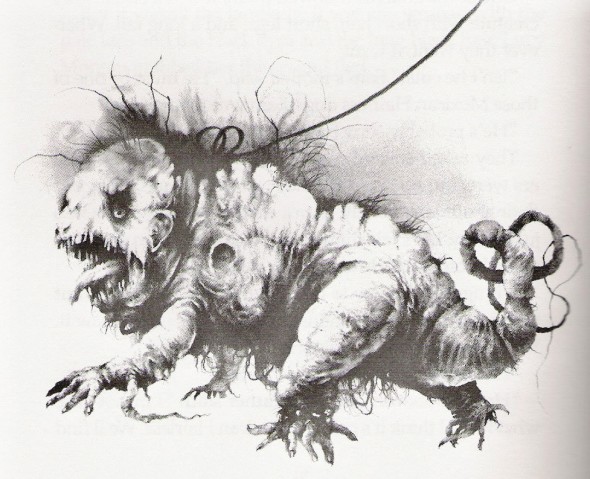Review: Scary Stories to Tell in the Dark Still Scares Today

Jeannette Mooney ’20 / Emertainment Monthly Staff Writer/Contributor
With October comes Halloween fever, and what better way to celebrate than board the nostalgia train and take a look at the scariest children’s books that were not a part of the Goosebumps franchise. Alvin Schwartz’s Scary Stories to Tell in the Dark trilogy is likely the most commonly checked-out series in an American elementary school library. They were children’s books published by Harper & Row. The first installment was released on October 14th, 1981, and has been a favorite of elementary school children ever since.

The stories are purely bare bones with a simplistic writing style, which is perhaps for the best. Without a clearly defined style, the content feels vaguely nostalgic, whether or not someone has actually read it before. The vague familiarity matches the fact that all of the short stories are based off urban legends and American folklore. There is a definite timelessness about the stories that no doubt helps the book keep a constant presence in elementary school libraries across America.
That being said, these books are not constantly requested in school libraries since they were published in the eighties and because of the writing style. There might be a gem or two, but the stories are mostly benign.
Readers remember it for the illustrations.

The illustrations are absolutely terrifying. The artist responsible for them is Stephen Gammell, and he deserves all of the credit for this serie’s success. His art is the entire reason kids check the trilogy out at their school’s library.
The stories have their own charm, but they are not why this book deserves to be remembered. Stephen Gammell’s art is a necessity to any fine arts major looking to learn how to draw horror. The murky shading reflects the shadows of night, and each face is either completely grotesque or hauntingly creepy. Even the depictions of normal humans set one’s nerves on edge.
This makes it even more disappointing that the thirty-year anniversary editions have replaced Gammell’s artwork. The new illustrations by Brett Helquist, who was the illustrator for A Series of Unfortunate Events, are perfectly fine in their own right, but they just don’t measure up to the originals.
This is a real shame because the popularity of these books is a testament to the fact that children love to be scared. There is something thrilling about peeking at something new and terrifying as a child, which is probably why films like Laika’s Coraline also resonated with people, verses stories that fail to challenge people on any level. The new editions of Scary Stories do not have quite the same charm as the original, but readers fortunately can still enjoy old copies found in libraries and bookstores.